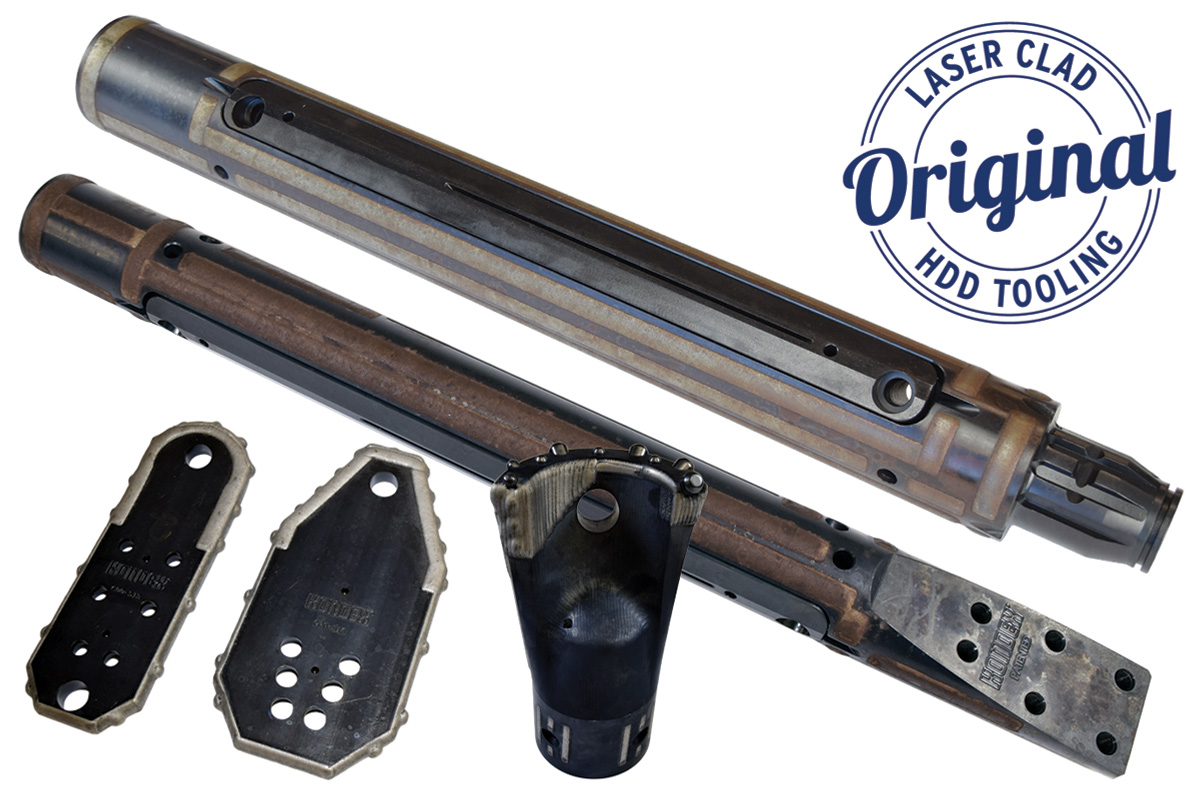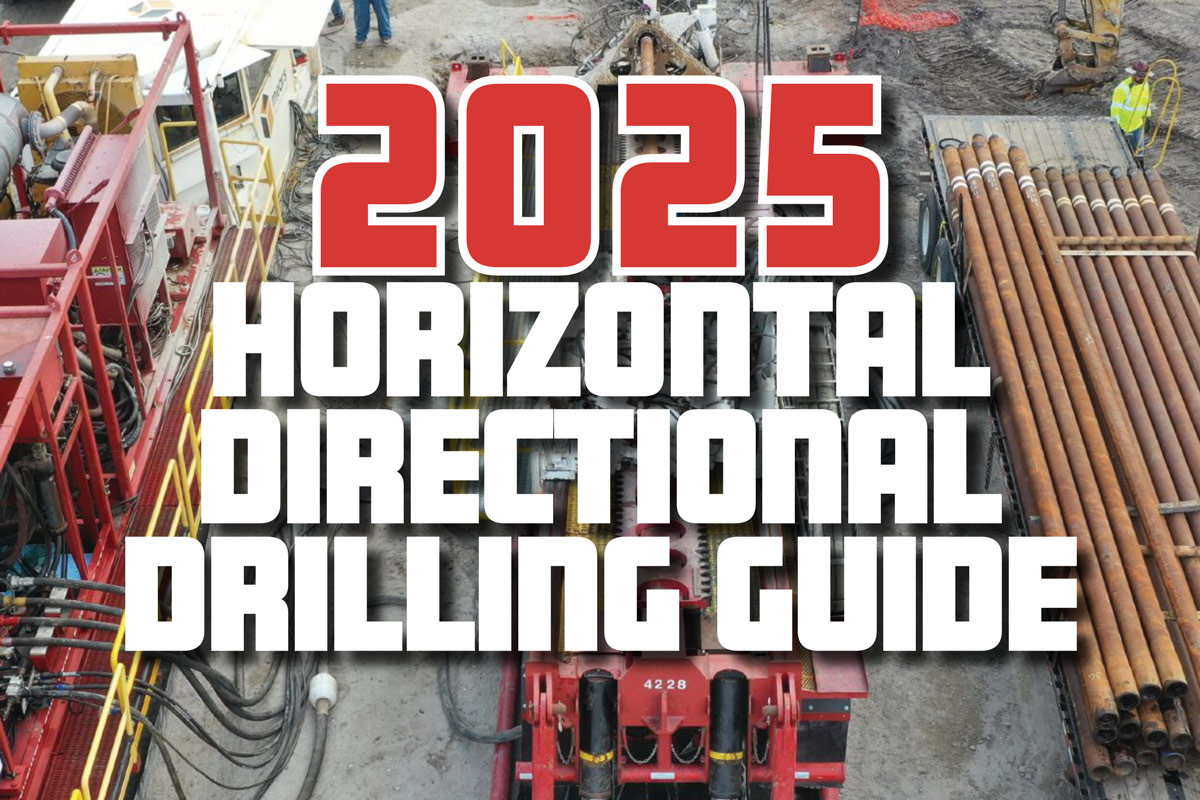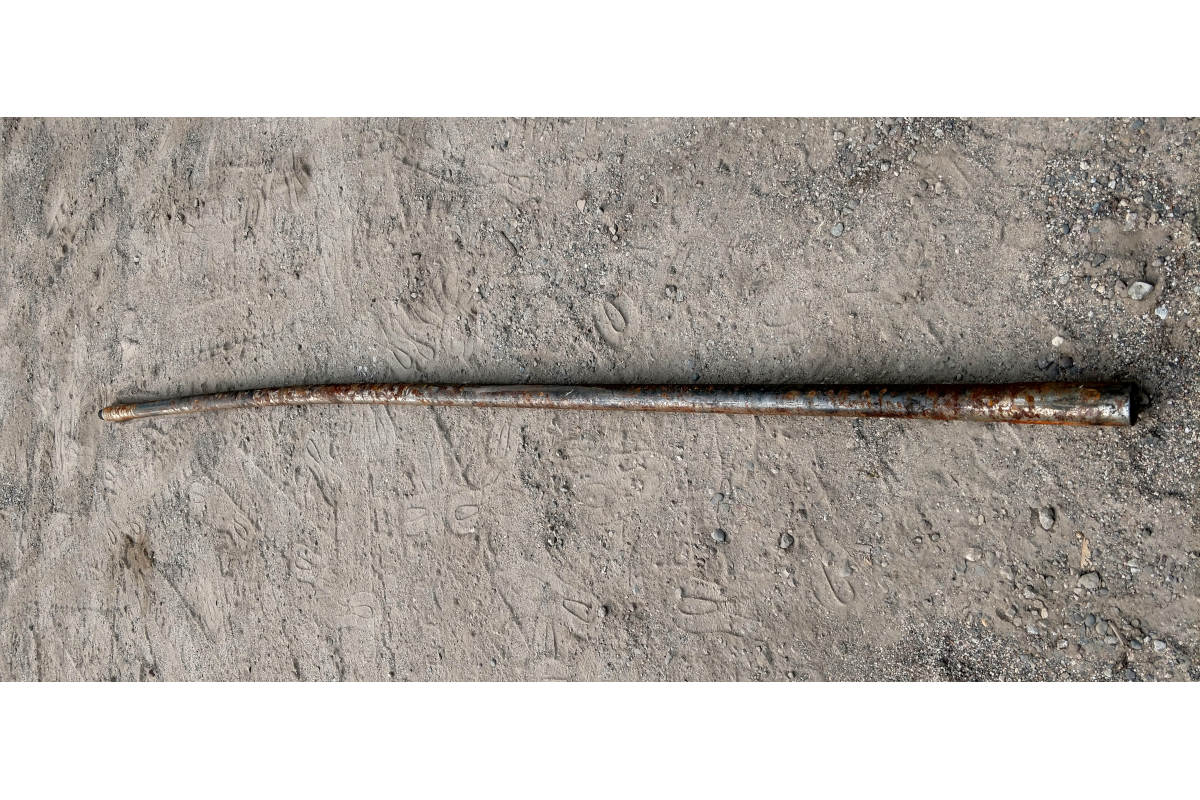Drill Master: Protecting the Transmitter While Rock Drilling
It was virtually unthinkable to drill solid rock eight to 10 years ago with a mid-size or smaller HDD machine.
Back then, when solid rock was encountered, the batteries in the transmitter would arc from vibration, causing the transmitter to turn on and off. After 15-20 minutes of constant pounding to the transmitter, the electronics would fail completely. Heat buildup would also be a problem. Abrasive rock formation causes friction, and we all know friction causes heat.
In the last three to four years, the tracking and horizontal manufacturing companies have combined to make great strides in rock drilling. They began trying to “isolate” the transmitter from side and front shock load, by incorporating the use of “vibration dampening isolators.” These isolators greatly reduce shock and vibration to the transmitter and also increase battery life. These isolators are fitted on both ends of the transmitter when loading into the transmitter housing. This tight fit keeps the transmitter from rattling around in the transmitter housing. The isolators are protecting the sensitive electronics in the transmitter. Currently, there are rock drilling, air hammer (percussive) and mud motor style drilling heads for rock drilling. Most HDD drill manufacturers offer these as options. The majority of these types of heads use vibration-isolating dampeners.
Anyone who has bored in rock or cobble has experienced intermittent signal information on the receiver from the transmitter. We started using two “C” cell batteries that were soldered together and shrink-wrapped. Sometimes we could finish a bore, or bore a little further, but eventually these batteries would fail. Today, most tracking companies offer a one-piece lithium battery, the size of two “C” cell batteries, which gives the transmitter 150-200 hours of operation. This lithium battery eliminates the intermittent information by reducing the amount of connection areas.
Heat is enemy No. 1 on all transmitters. When drilling in abrasive solid rock or cobble, there is a tremendous amount of heat transfer from the drill head to the transmitter housing. To compensate for this problem, most manufacturers are using a bentonite type slurry or “attack foam.” Currently, the attack foam is used on air hammer applications only. Both of these products assist in moving the cuttings out of the drilled hole and cool the transmitter.
Most transmitters today fail to operate when the temperature exceeds 220 F (104 C). Some of these transmitters can be field serviced, while other transmitters can be sent back to the manufacturing company for repair or reprogramming. Some transmitters on the market today are double insulated with fiberglass to help keep the heat away. All manufacturers of tracking equipment have the ability to display the transmitter temperature. Remember, this temperature is calculated inside the transmitter. The outside temperature of the drill head and transmitter housing can be much greater. Keep this in mind when the transmitter temperature starts to rise.
When drilling in rock, the process is very slow. A 10-ft (3-m) rod could take one hour or longer to bore. There are transmitters on the market that can be programmed to stay “on” until the battery or batteries lose power. This feature keeps the drill operator from rotating the drill head and losing the face orientation. Steering changes can be limited to about 3 percent. Support equipment, such as mud recycling systems, air compressors and vacuum systems, are needed.
Today, with the help of the tracking and HDD manufacturers, rock and cobble drilling can be accomplished. The cost is more, but the quality is there.




